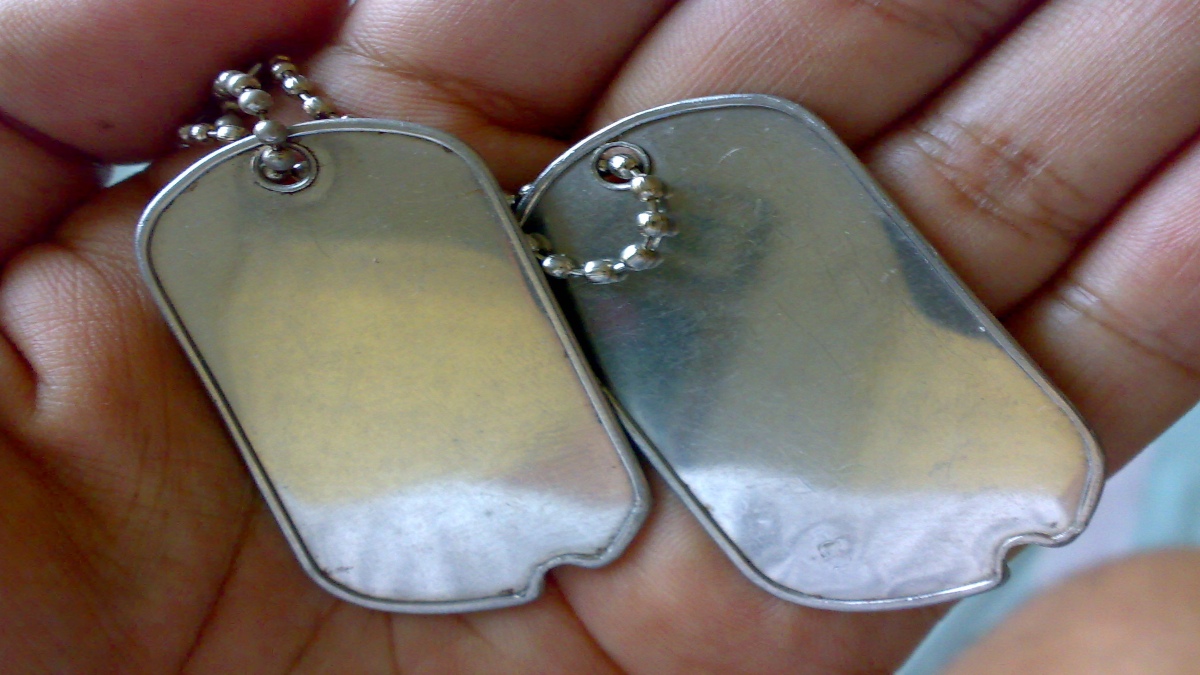For the PLA, being wayward is the way forward. Touting its technological edge over other countries, China is ‘arming’ some of its soldiers with personal identification tags to, in their words, “improve personnel management as well as battlefield logistics and medical support”. Cutting through the deliberately dense military jargon, it means that China is finding it hard to keep a lid on its soldiers. PLA’s conscript-heavy army is dealing with a number of disciplinary issues amongst its soldiers. Combined with the stress of winter deployment along the Line of Actual Control (LAC) and its attendant risks of isolation, mental and physical issues, PLA is desperate to keep track of soldiers who have an unfortunate habit of ‘wandering’ across the LAC.
Two such incidents have already occurred during the PLA’s Western Theatre Command’s deployment against India on the LAC. India had captured Corporal Wang Ya Long on October 19 last year after he “strayed” across the LAC in Ladakh’s Demchok sector. Similarly, another soldier had been apprehended by India on 8 Jan this year from the South Bank of Pangong Tso and returned after due deliberations on 11 Jan. The unintended pilgrimages of both these soldiers were caused due to misreading of the terrain which is quite shocking given Global Times’ oft-repeated claims of 3D mapping the entire LAC along their side.
The electronic trackers, colloquially called ‘dog tags’ in everyday language, have been some time in the making. They were first advertised in 2017 through a Chinese language blog and it was claimed that 13 units across PLA’s Army, Navy and Air Force would form testbeds for the technology. Admittedly, only an ill-disciplined force with no handle on the whereabouts of its soldiers resorts to these tactics. Since the PLA has virtually no combat experience (beating hapless villagers with sticks does not count as one), the morale and motivation amongst its troops has touched excruciatingly low levels. The icy and windy conditions help their case. There have been credible reports of a significant number of Chinese troops falling prey to acute mountain sickness and hypothermia which, despite tall claims of thermal accommodations and gaming arcades, has failed to alleviate their conditions.
There is a secondary ‘dog tag’ too. This tracks the wearer’s heart rate and stores additional information such as his fingerprints, history of allergies and injury history. Picture this: a Chinese PLA soldier perched on icy peaks along the LAC starts feeling uneasy. His pulse and blood pressure drops and his watch starts pinging this data to his commander, who’s busy discussing the contents of haversacks and how to make them an ounce lighter. Trying to ascertain the sick soldier’s location, the battalion commander tries to send relief through drones but has to finally rely on mules and porters which consumes precious time, resulting in a debilitating blow to the soldier. Though a hypothetical, this is not a fictional scenario. Reports have already mentioned that most of Chinese technologies do not work as planned or at all in the forbidding terrain of Aksai Chin.
China also does not realise that for its soldiers and officers whose hi-tech education is limited to weighing mess tiffins and undergarments, it is very difficult to ease them into understanding, navigating and finally exploiting these technologies. The only ‘hurdle’ mentioned by a fictional PLA officer in the use of the medical trackers in that the “buttons are too big”, as quoted by China Daily. Also, the American troops’ experience with similar trackers couple of years back exposed the loopholes in using wearable tracking devices which created location maps that eked out covert American bases abroad. Of course, the Americans are much more adept at using technology to further their own ends and the Chinese are far behind. Exhorting them to continue wearing these trackers will only serve the purpose of their adversaries.























